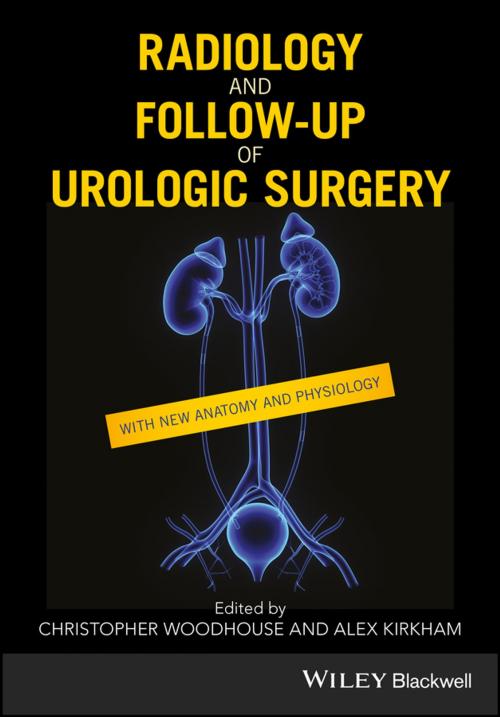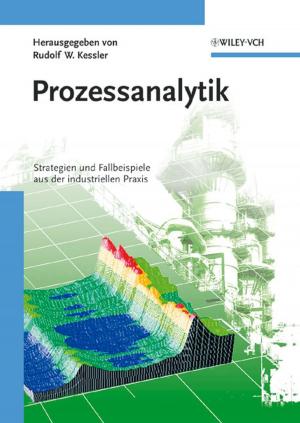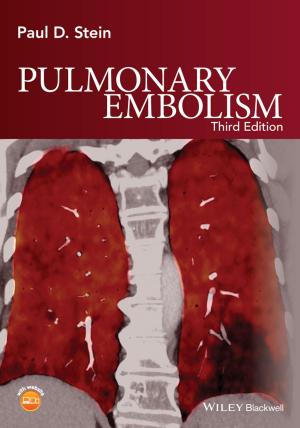Radiology and Follow-up of Urologic Surgery
Nonfiction, Health & Well Being, Medical, Specialties, Urology| Author: | ISBN: | 9781119162100 | |
| Publisher: | Wiley | Publication: | August 30, 2017 |
| Imprint: | Wiley-Blackwell | Language: | English |
| Author: | |
| ISBN: | 9781119162100 |
| Publisher: | Wiley |
| Publication: | August 30, 2017 |
| Imprint: | Wiley-Blackwell |
| Language: | English |
The first guide to identifying and assessing changes following urologic surgery—with follow-up protocols
What is the normal appearance of a kidney after radio frequency ablation of a tumor and what does a local recurrence look like? How does the urine flow down the ureters after a trans-uretero-ureterostomy? What is the normal appearance of the urinary tract after a cystoplasty? Most clinicians would be hard-pressed to provide answers to such fundamental questions concerning post-surgical anatomy and physiology, and equally challenged to find evidence-based information on the subject.
Most of the literature in radiology and urologic surgery is orientated towards diagnosis and disease management. Although this often includes complications and outcomes, the clinician is often in the dark as to the anatomical and physiological changes that follow successful treatment—especially in cases involving conservative or reconstructive surgery. To rectify this, the editors invited colleagues to share insights gleaned during their careers. The results are contained in Radiology and Follow-up of Urologic Surgery.
Extremely well-illustrated throughout with color photographs and line drawings, Radiology and Follow-up of Urologic Surgery:
- Features sections devoted to each of the organs of the genito-urinary tract with chapters covering the major diseases and operations that are used to treat them
- Focuses on the “new normal” following surgery with an emphasis on the identification of normal changes versus complications
- Covers the radiologic changes and biochemical and histological findings which are found following reconstructions
- Offers guidelines for clinical and radiological follow up after urological surgery in some key areas
Radiology and Follow-up of Urologic Surgery is essential reading for surgical residents in urology, as well as radiology residents specializing in urology. It also belongs on the reference shelves of urologists, urological surgeons, obstetric/gynecologic surgeons, and radiologists with an interest in the field, at whatever stage in their career.
The first guide to identifying and assessing changes following urologic surgery—with follow-up protocols
What is the normal appearance of a kidney after radio frequency ablation of a tumor and what does a local recurrence look like? How does the urine flow down the ureters after a trans-uretero-ureterostomy? What is the normal appearance of the urinary tract after a cystoplasty? Most clinicians would be hard-pressed to provide answers to such fundamental questions concerning post-surgical anatomy and physiology, and equally challenged to find evidence-based information on the subject.
Most of the literature in radiology and urologic surgery is orientated towards diagnosis and disease management. Although this often includes complications and outcomes, the clinician is often in the dark as to the anatomical and physiological changes that follow successful treatment—especially in cases involving conservative or reconstructive surgery. To rectify this, the editors invited colleagues to share insights gleaned during their careers. The results are contained in Radiology and Follow-up of Urologic Surgery.
Extremely well-illustrated throughout with color photographs and line drawings, Radiology and Follow-up of Urologic Surgery:
- Features sections devoted to each of the organs of the genito-urinary tract with chapters covering the major diseases and operations that are used to treat them
- Focuses on the “new normal” following surgery with an emphasis on the identification of normal changes versus complications
- Covers the radiologic changes and biochemical and histological findings which are found following reconstructions
- Offers guidelines for clinical and radiological follow up after urological surgery in some key areas
Radiology and Follow-up of Urologic Surgery is essential reading for surgical residents in urology, as well as radiology residents specializing in urology. It also belongs on the reference shelves of urologists, urological surgeons, obstetric/gynecologic surgeons, and radiologists with an interest in the field, at whatever stage in their career.















